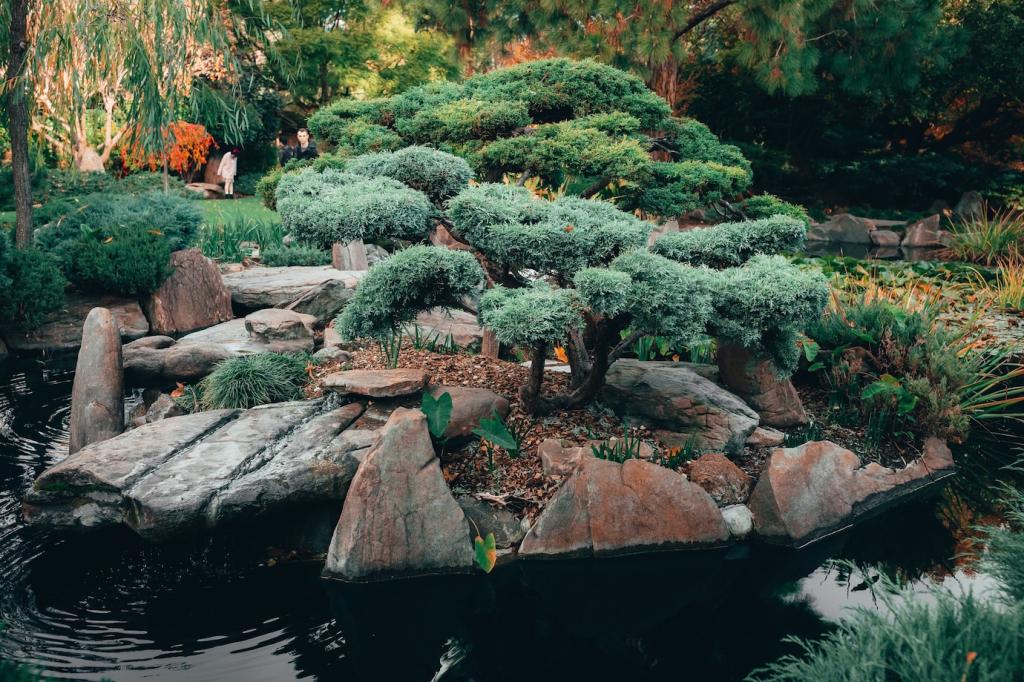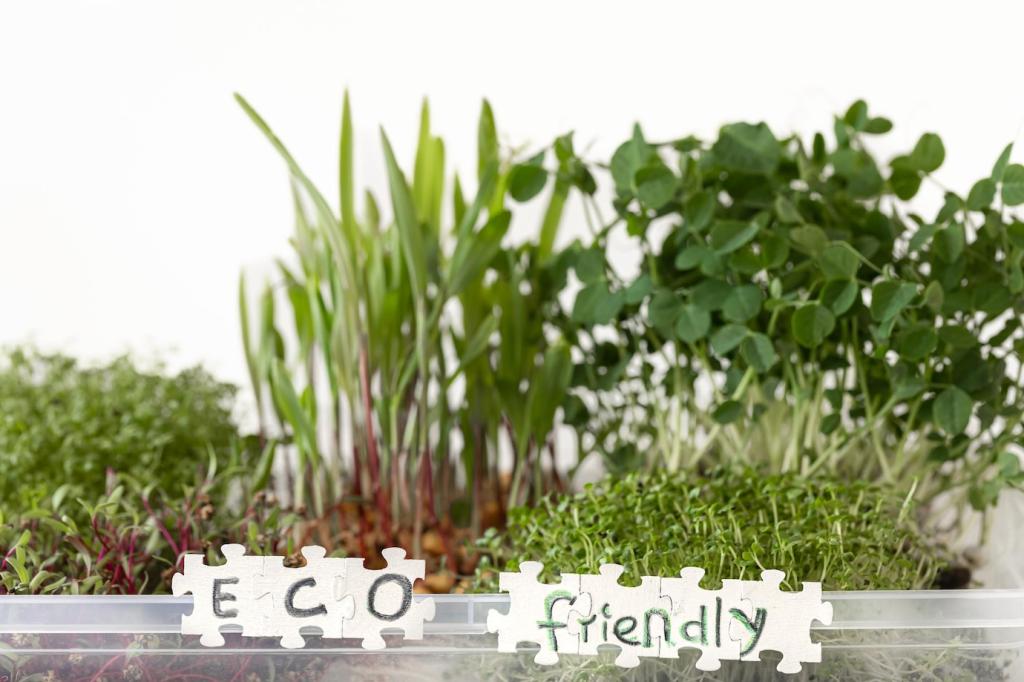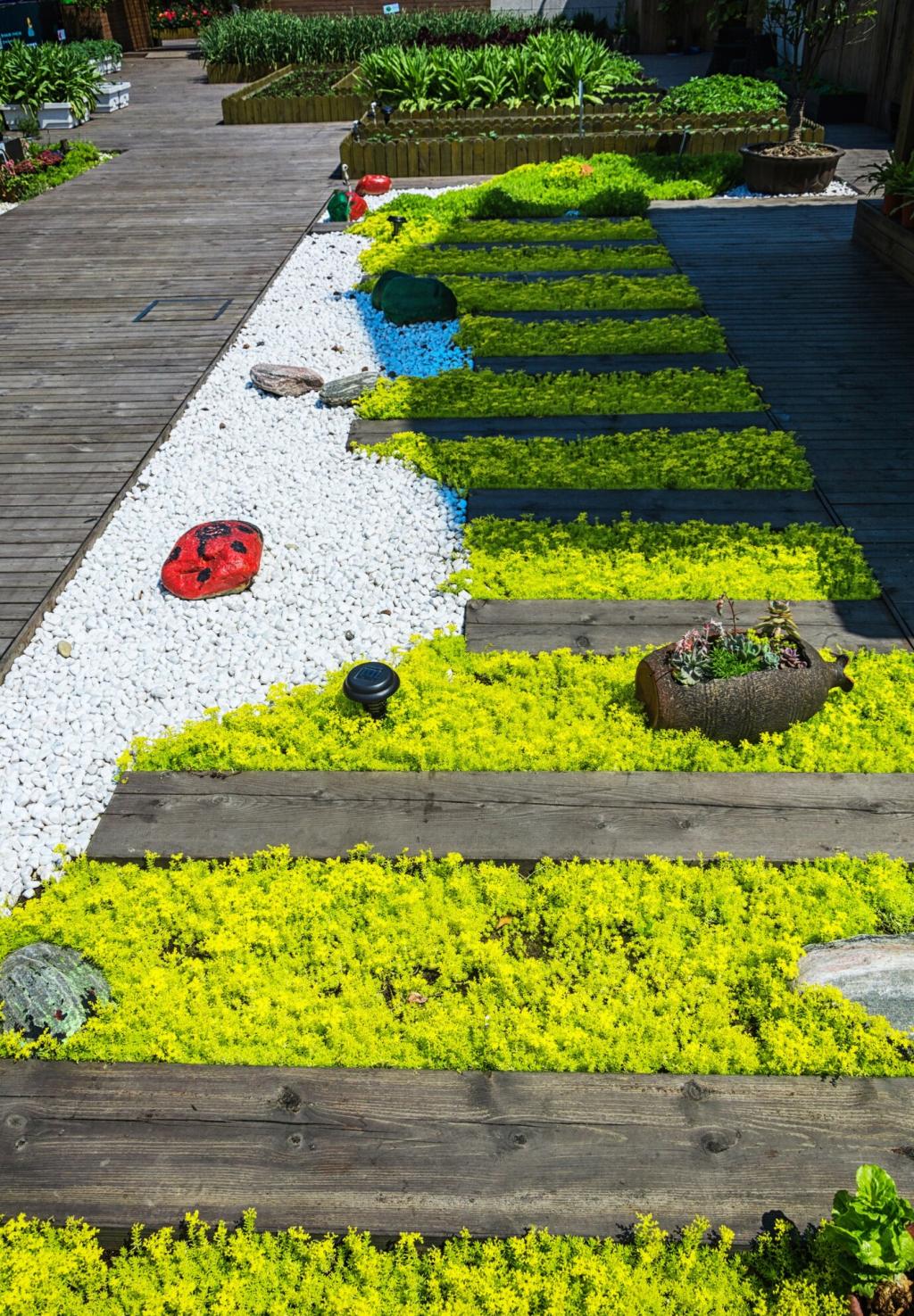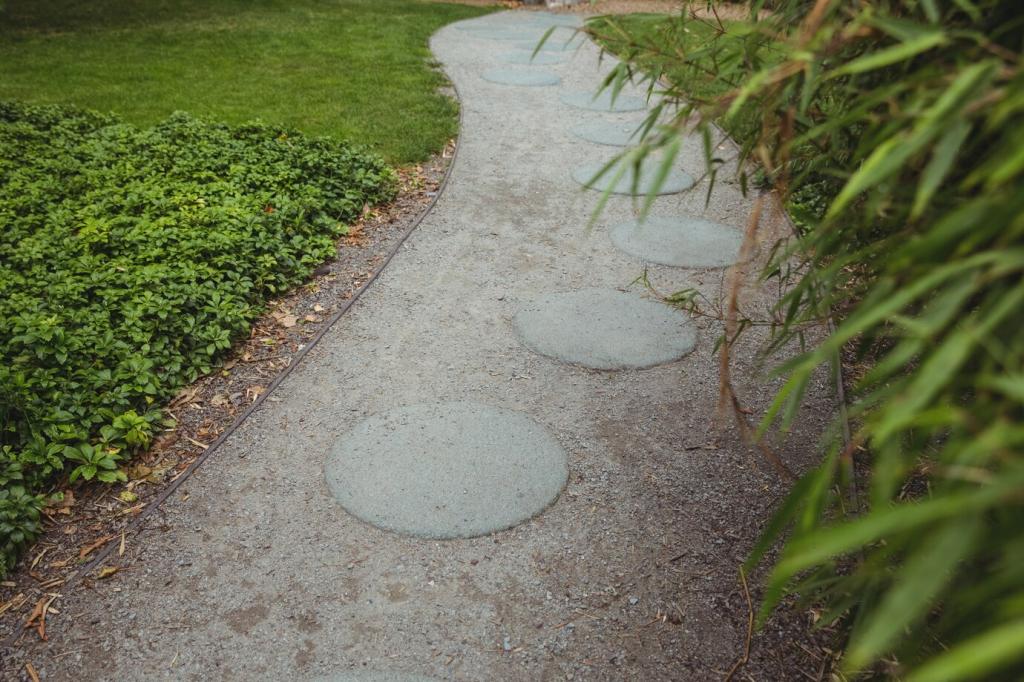Principles of Sustainable Landscape Architecture: Designing Living, Lasting Places
Chosen theme: Principles of Sustainable Landscape Architecture. Explore how resilient ecosystems, thoughtful material choices, and community-centered design transform everyday spaces into regenerative landscapes that give back more than they take. Subscribe to follow the journey and share your insights.
Holistic Site Analysis
Map stormwater paths, solar angles, soils, and circulation together to reveal hidden opportunities. When you trace seasonal shifts and daily rhythms, designs become intuitive, resilient, and generous. Share your favorite site-reading trick to inspire the community.
Designing with Native Ecologies
Native plant communities teach structure, timing, and cooperation. Mimic their layered canopies and root depths to reduce irrigation and fertilizer needs while boosting wildlife. Tell us your region and favorite native species so we can highlight local palettes.
Life-Cycle Mindset from Day One
Select materials and systems by embodied carbon, durability, and reuse potential, not just appearance. Plan for disassembly, salvage, and low-energy maintenance. Bookmark our upcoming checklist and comment with tools you use to compare life-cycle impacts.

Protecting Structure and Life
Avoid compaction during construction, preserve topsoil, and design paths that respect root zones. Living soils breathe and drain; they are not backfill. Share your favorite method to keep heavy equipment off sensitive areas without slowing the build.

Compost, Mulch, and Biochar
Blend mature compost to boost biology, use regionally appropriate mulches to moderate temperature, and add biochar to retain moisture and nutrients. Have you trialed biochar? Comment with your mix ratio and observed plant response over one season.

Measure What Matters
Track infiltration rates, organic matter, and microbial activity to guide maintenance. Small gains in soil carbon compound benefits across the site. Subscribe for our field sheet and share which metrics you monitor in your projects or gardens.
Climate Resilience by Design
Cooling Hot Cities
Use broad-canopy trees, high-albedo surfaces, and evaporative planting to cut urban heat. Arrange shade over paths and south façades first. Tell us your hottest month, and we will suggest species and configurations to lower radiant temperatures.
Designing for Extremes
Size overflow routes for rare storms, include drought-tolerant cores, and choose flexible irrigation strategies that can scale down. Share how your site handled the last weather surprise so others can learn from your experience.
Fire-Wise and Wind-Smart Edges
Specify lean, well-spaced plantings near structures, prune ladder fuels, and design windbreaks that filter, not block, gusts. If you live in a fire-prone area, subscribe for our defensible space checklist and contribute your local species tips.
Biodiversity and Human Delight
Combine canopy, understory, shrubs, and groundcovers to create vertical habitat complexity. People feel the richness too—shade, fragrance, and movement. What multi-layer combination thrives near you? Share a photo and plant list to inspire others.
Biodiversity and Human Delight
Stagger bloom times, cluster nectar-rich plants, and ensure night shelter and water sources. A child once counted twelve butterfly species after a single season of replanting. Tell us your corridor length and we will suggest waystation intervals.
Biodiversity and Human Delight
Comfortable edges, varied seating, and playful micro-topography invite return visits. When people stay, stewardship grows. Comment with your favorite community landscape and why it keeps you coming back—materials, light, sound, or a hidden view?



